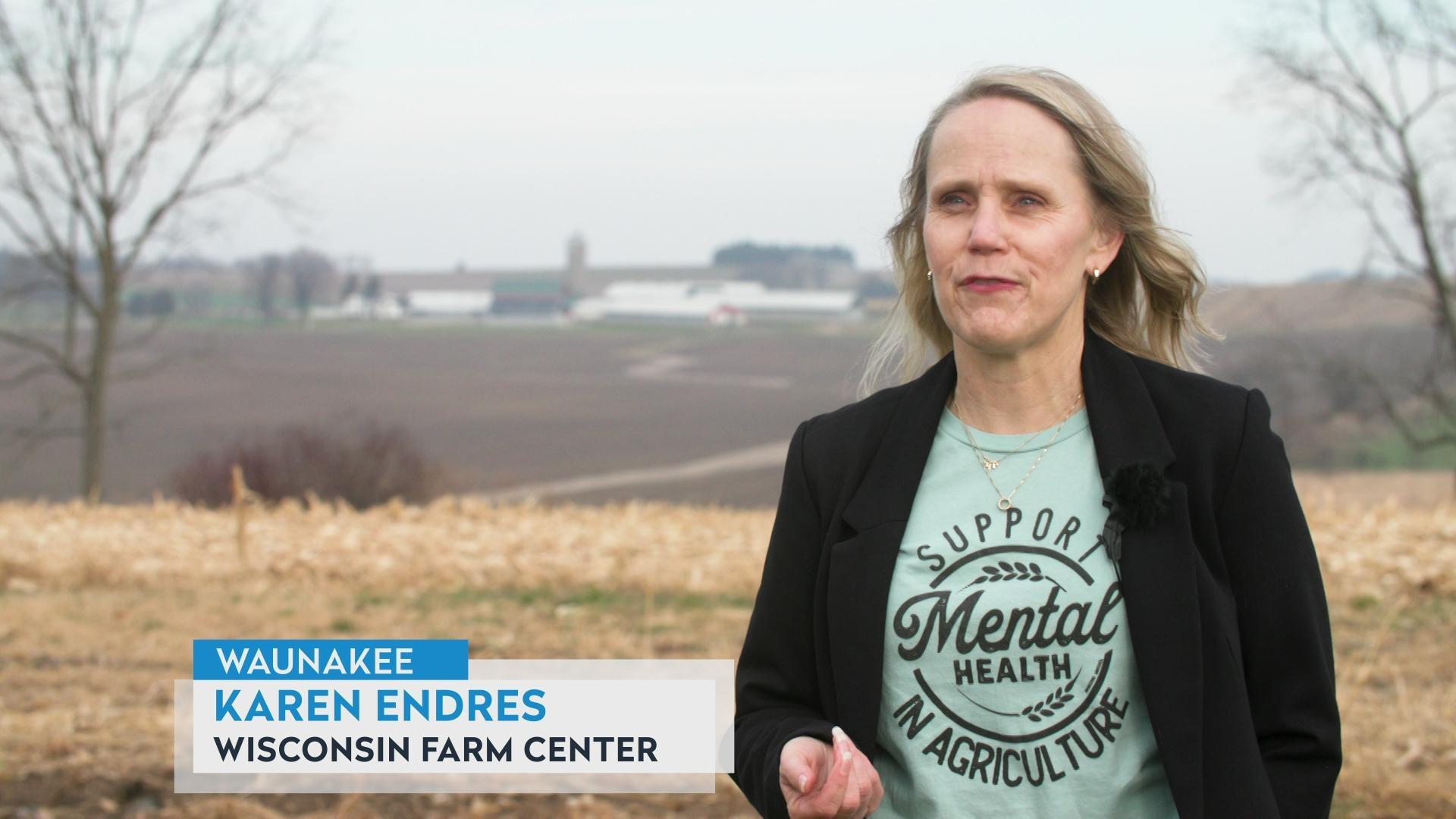Frederica Freyberg:
Assembly Speaker Robin Vos has often said it’s not the maps that result in out-sized Republican majorities in the Legislature; it’s that they have better candidates. Senior political reporter, Zac Schultz, is here now with additional factors that impact elections. Hi, Zac.
Zac Schultz:
Hello, Frederica.
Frederica Freyberg:
So is it true that Republicans have better candidates and messaging and organizing?
Zac Schultz:
Well, when Robin Vos says that, what he’s referring to is, in 2018, with Tammy Baldwin’s U.S. Senate run, in 2022 with Governor Evers’ re-election, they each won at the top of the ticket a number of Assembly districts. Enough that the Democrats would have had the majority in the Assembly if all of their down-ballot Democrats have won their races and he says that proves that down-ballot Republicans win on their messaging. There’s also the fact that in Wisconsin split ticket voters exist and they do separate out their feelings on who should be a U.S. senator or a governor and who should run for Assembly. There is truth in what he’s saying but a different district makeup will affect that as well.
Frederica Freyberg:
So as to the question of incumbents landing in the same district with new maps, how big of a deal is that?
Zac Schultz:
Well, that happens every 10 years during redistricting anyway. In the past, the Legislature has tried to avoid that because it’s their incumbents. Republicans in 2011 under Scott Walker tried to minimize the number of incumbents that were affected by that and the same thing the last round. It’s not unusual and Wisconsin’s laws on who can run in what district are very loose. So residence requirements don’t limit an incumbent who is now just outside their new border to run over here, get an apartment, move in after they win. We’ve got cases where people have actually owned homes in other districts and taken property tax credits on those homes but still represented somewhere else. There really isn’t any enforcement mechanism so I don’t think it’s that big of a deal. It’s something to talk about, however in terms of if people don’t want to move, getting paired up in the same district is an issue if one wants to retire or they’re going to run against each other in a primary.
Frederica Freyberg:
So what are other implications of the new maps in terms of governing? Is it most conceivable iterations that there isn’t — that most of these maps, there’d still be a Republican advantage?
Zac Schultz:
Well, that’s the geographic nature of the state. The distribution of Democratic voters is concentrated in the cities and in urban areas and Republicans are a little more spread out at the moment. That doesn’t mean you can’t draw Democratic districts in urban areas or by taking out chunks of cities. That’s been done and proven these maps are possible, but the average mathematicians from the UW have told us in the past will slightly favor Republicans, but that doesn’t talk about swing elections, wave elections and candidate quality, as Robin Vos has talked about.
Frederica Freyberg:
So you suggested the Republican maps are designed to appeal to the U.S. Supreme Court but experts say that it is highly unlikely it would go there.
Zac Schultz:
Well, this is the Republicans’ Hail Mary. They want to keep all of their options open so if the U.S. Supreme Court does weigh in and they say, alright, well if the only thing that was wrong was the noncontiguous part of the district, the Assembly Republican map fixes that problem without changing anything and keeps a majority in favor of Republicans and they’re hoping that is the outcome that comes out of the U.S. Supreme Court, if it does get there.
Frederica Freyberg:
All right. Zac, thanks very much.
Zac Schultz:
Thanks, Fred.
Search Episodes
News Stories from PBS Wisconsin

Donate to sign up. Activate and sign in to Passport. It's that easy to help PBS Wisconsin serve your community through media that educates, inspires, and entertains.
Make your membership gift today
Only for new users: Activate Passport using your code or email address
Already a member?
Look up my account
Need some help? Go to FAQ or visit PBS Passport Help
Need help accessing PBS Wisconsin anywhere?

Online Access | Platform & Device Access | Cable or Satellite Access | Over-The-Air Access
Visit Access Guide
Need help accessing PBS Wisconsin anywhere?

Visit Our
Live TV Access Guide
Online AccessPlatform & Device Access
Cable or Satellite Access
Over-The-Air Access
Visit Access Guide
 Passport
Passport


















Follow Us